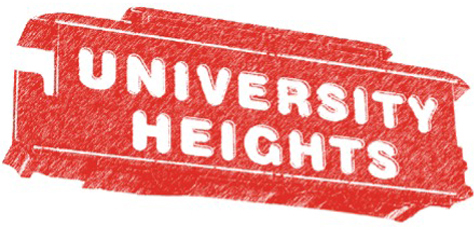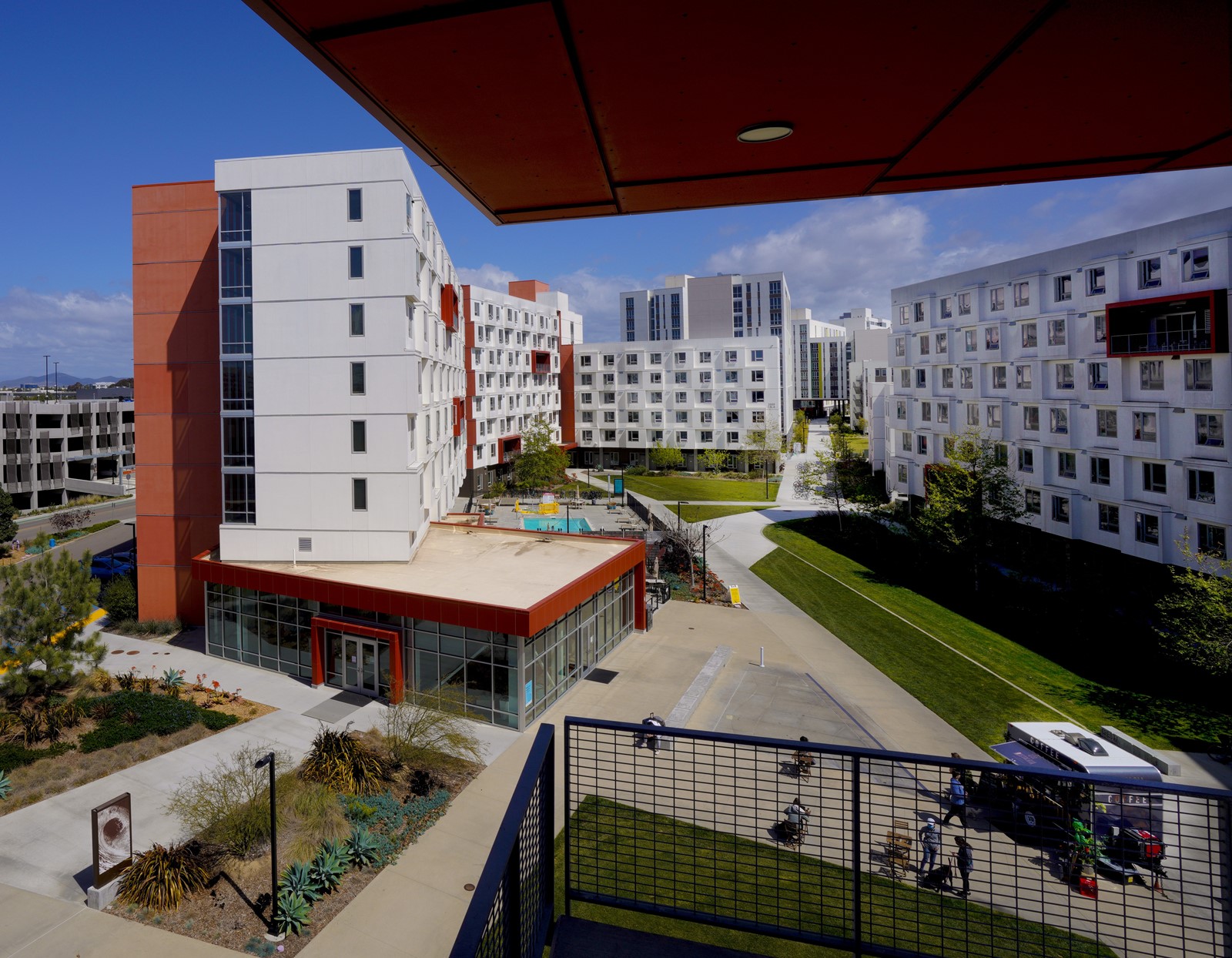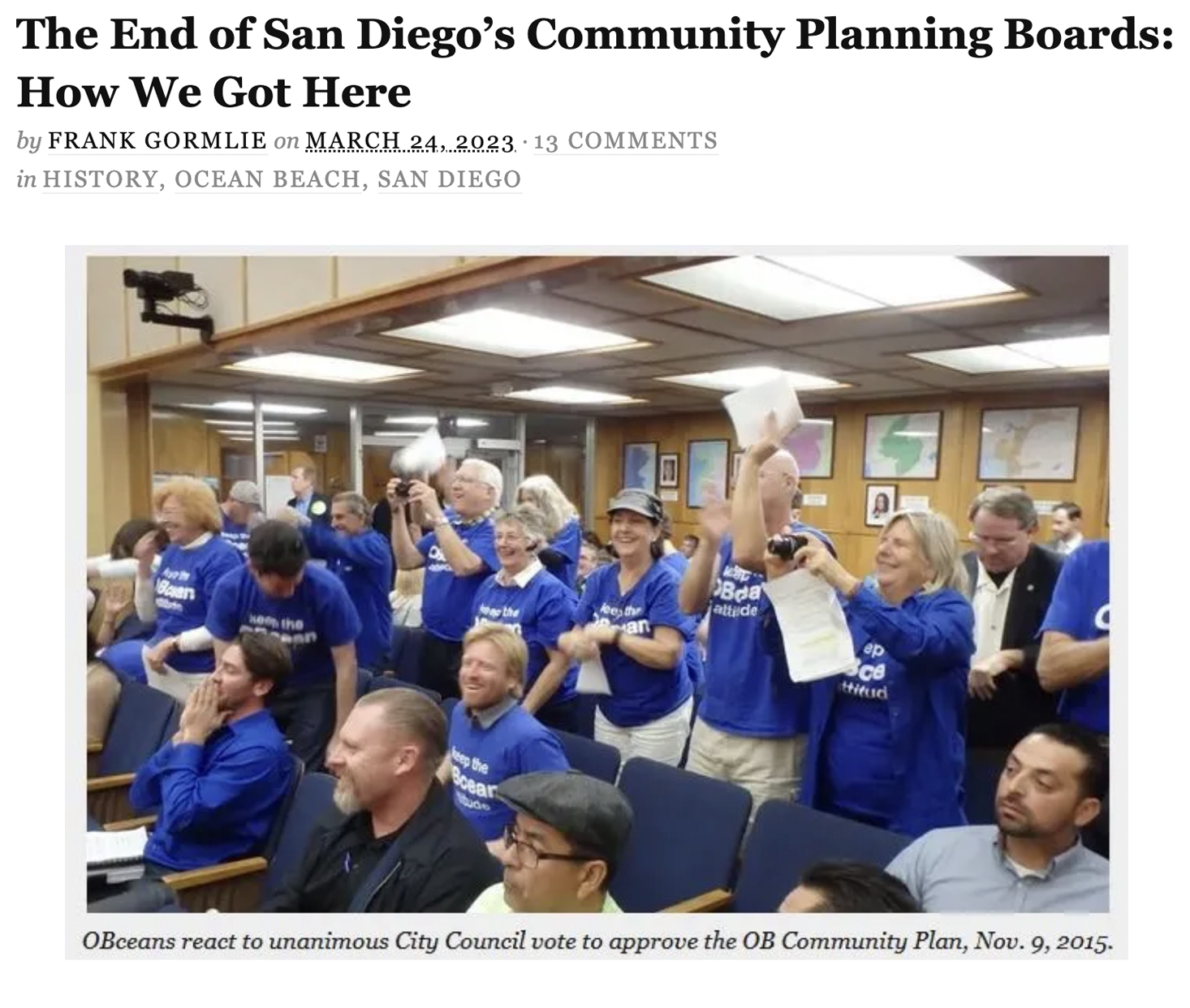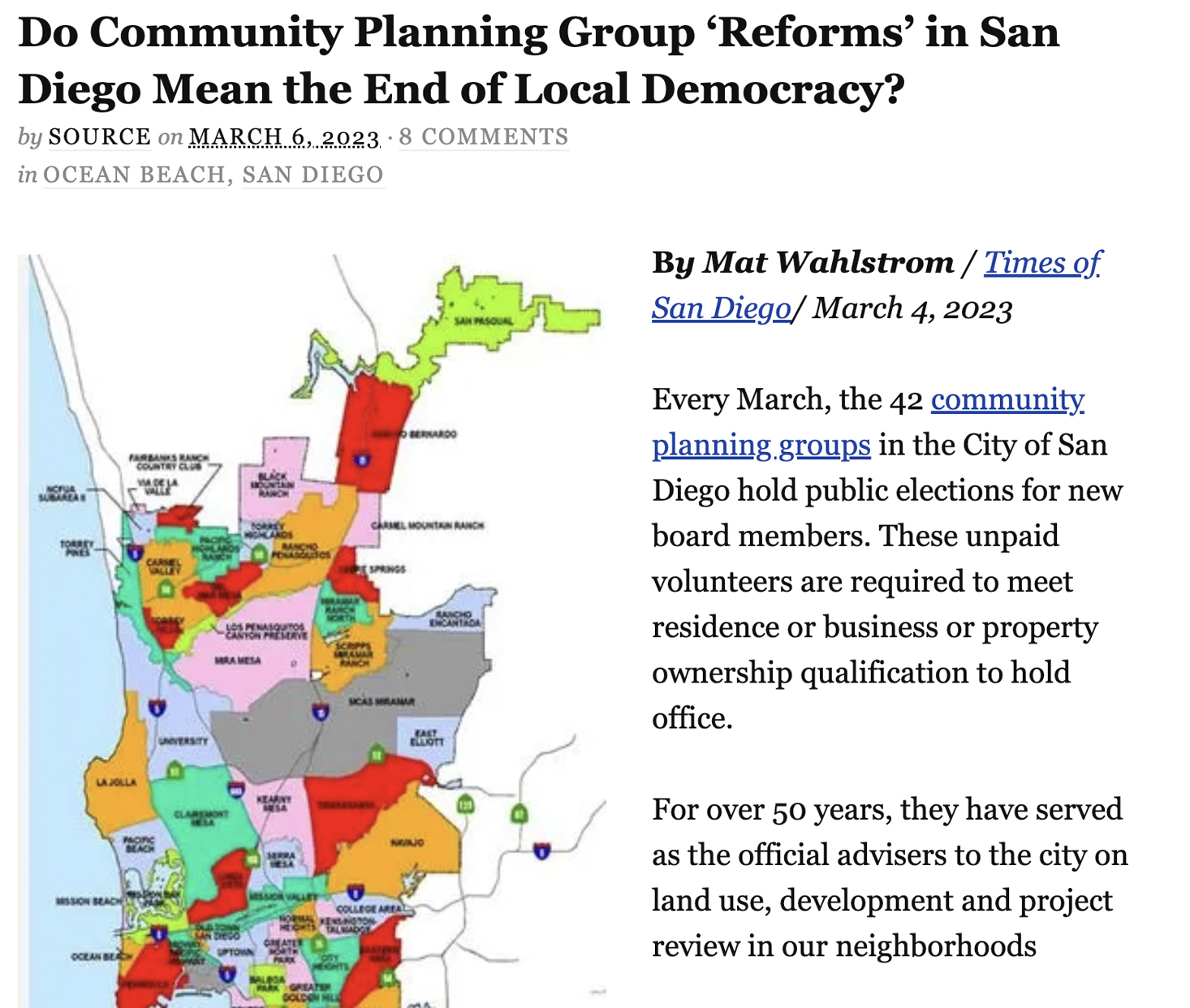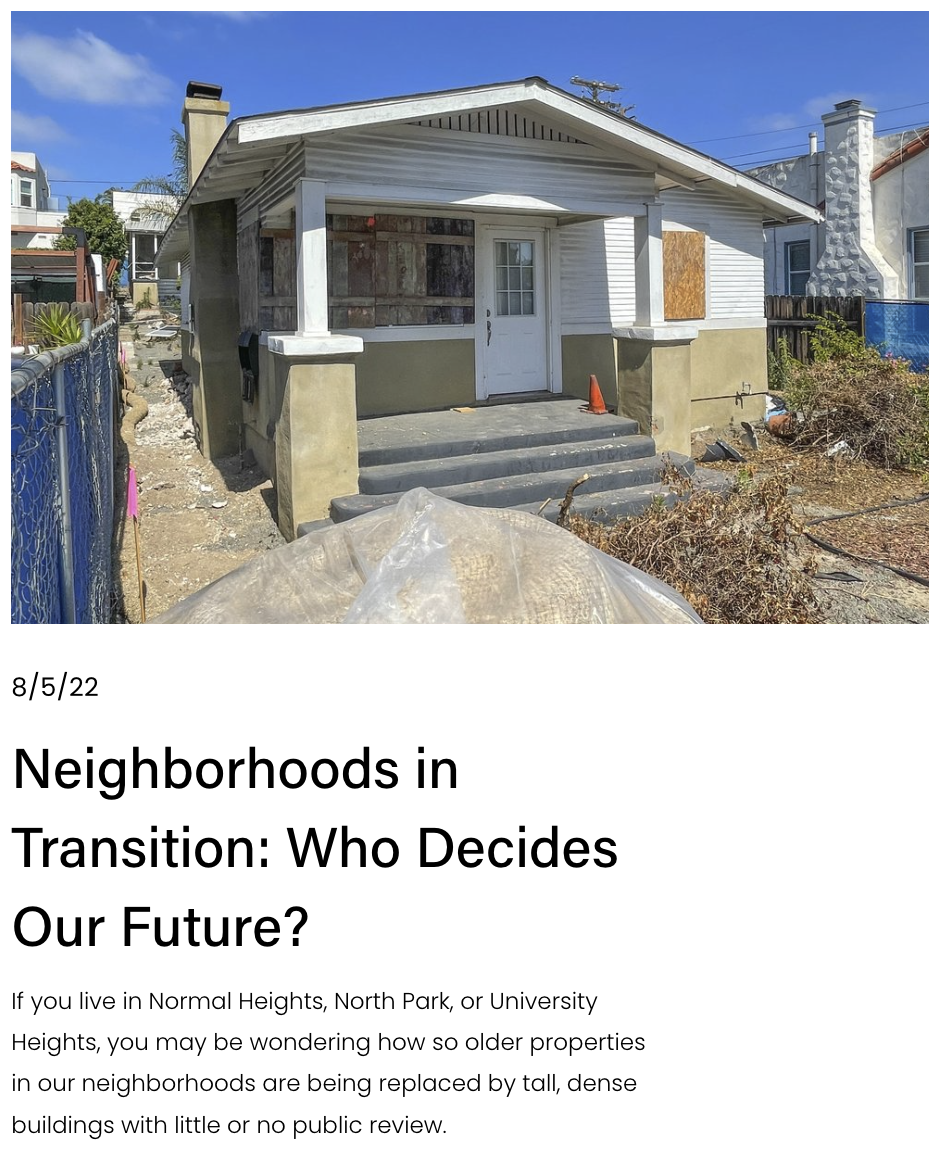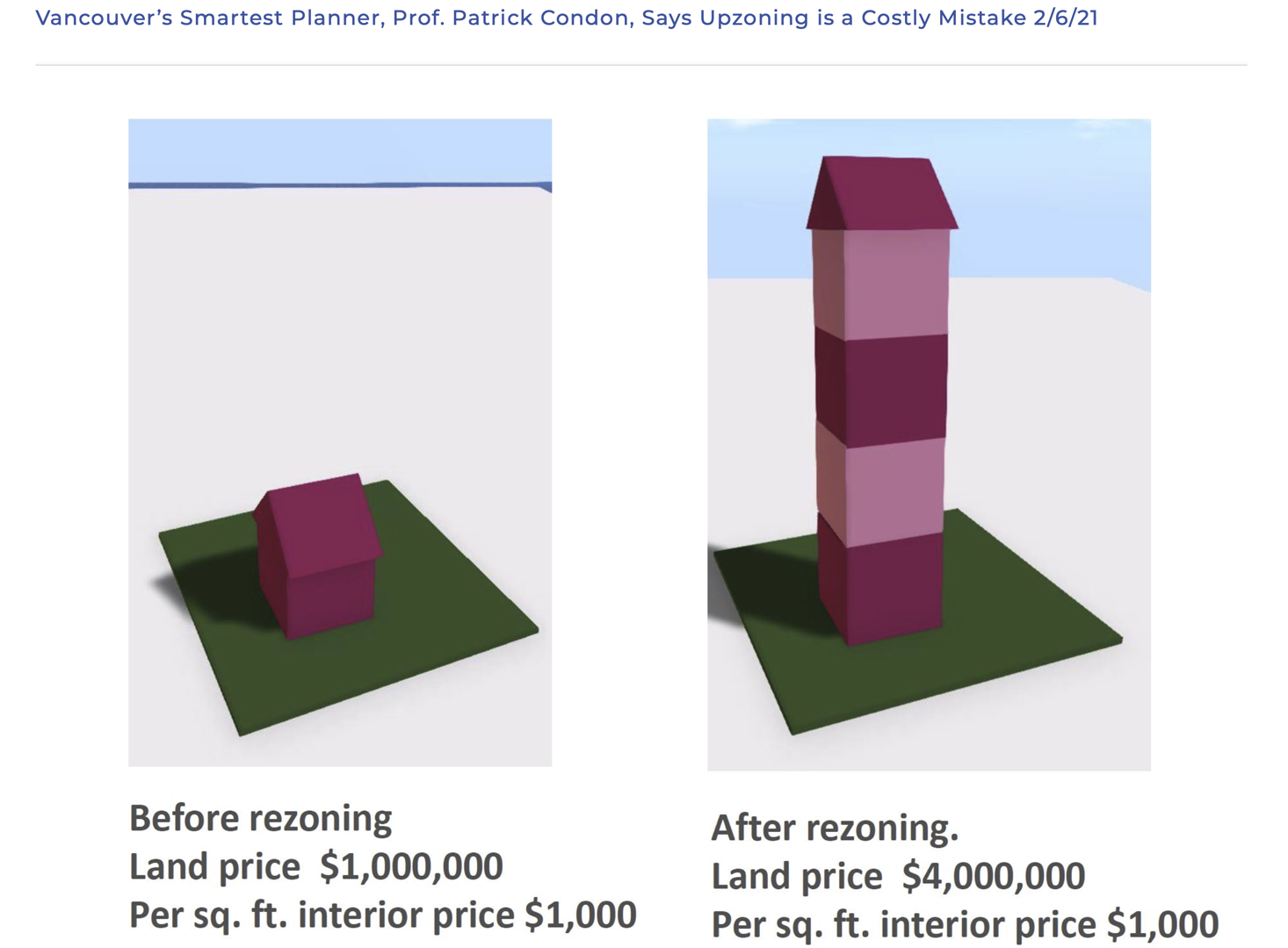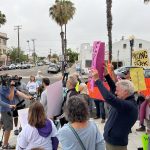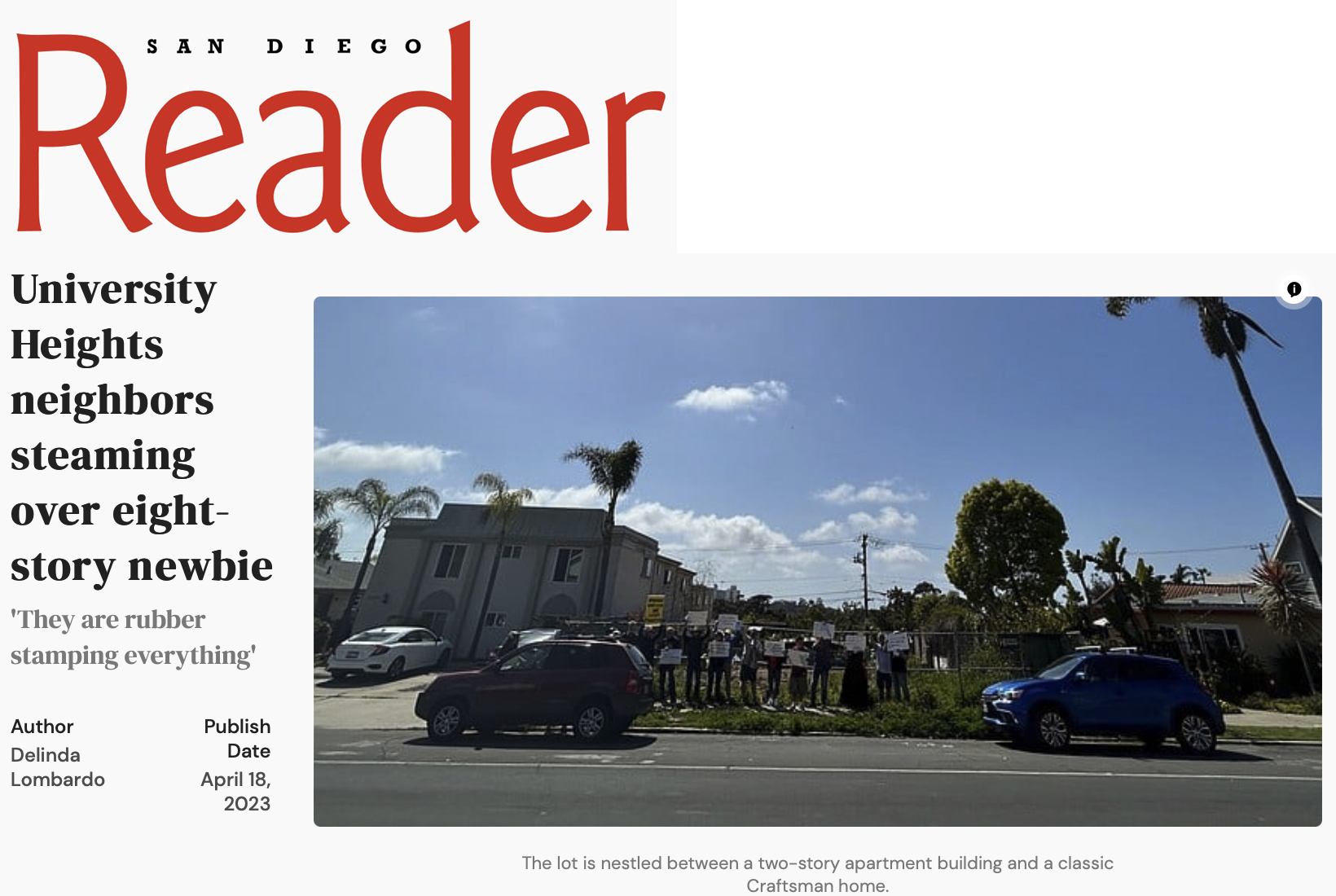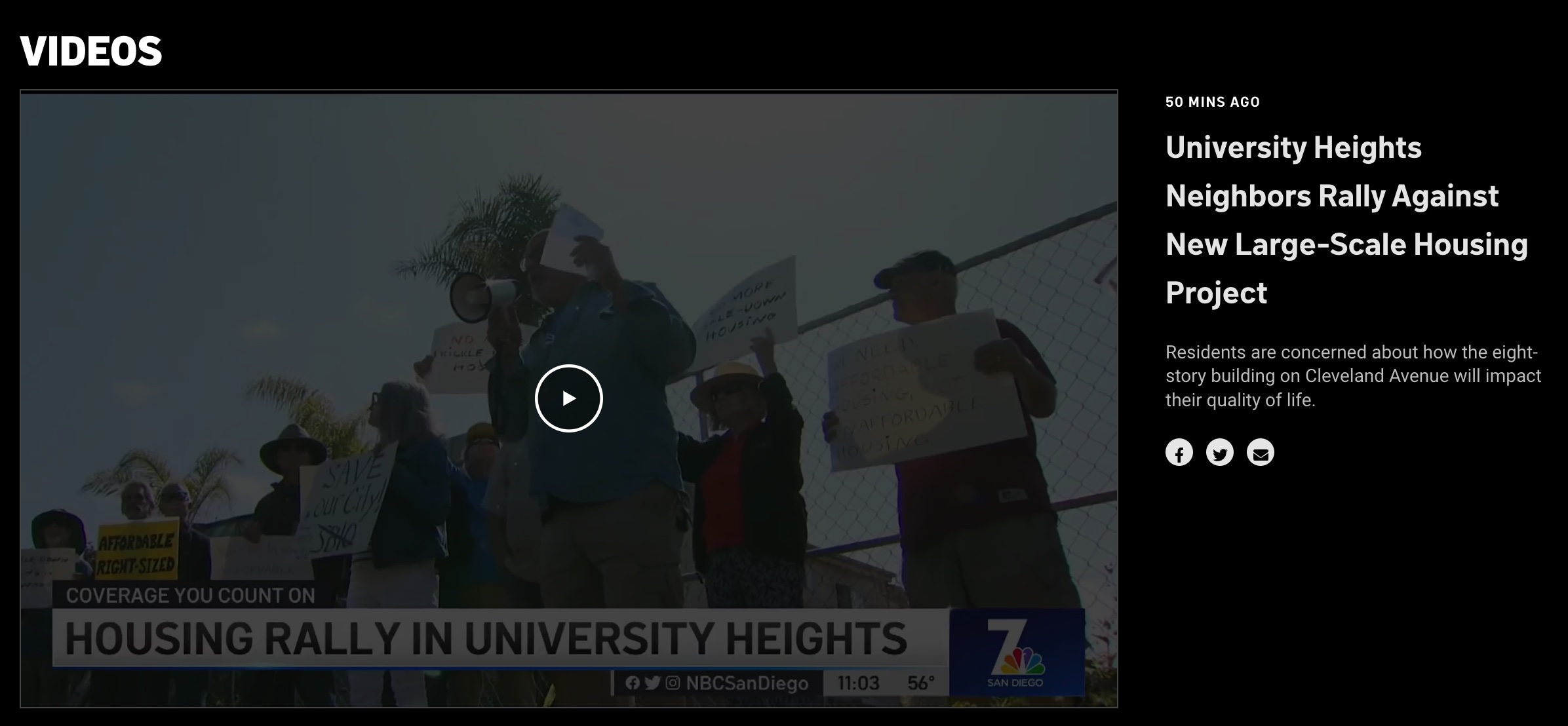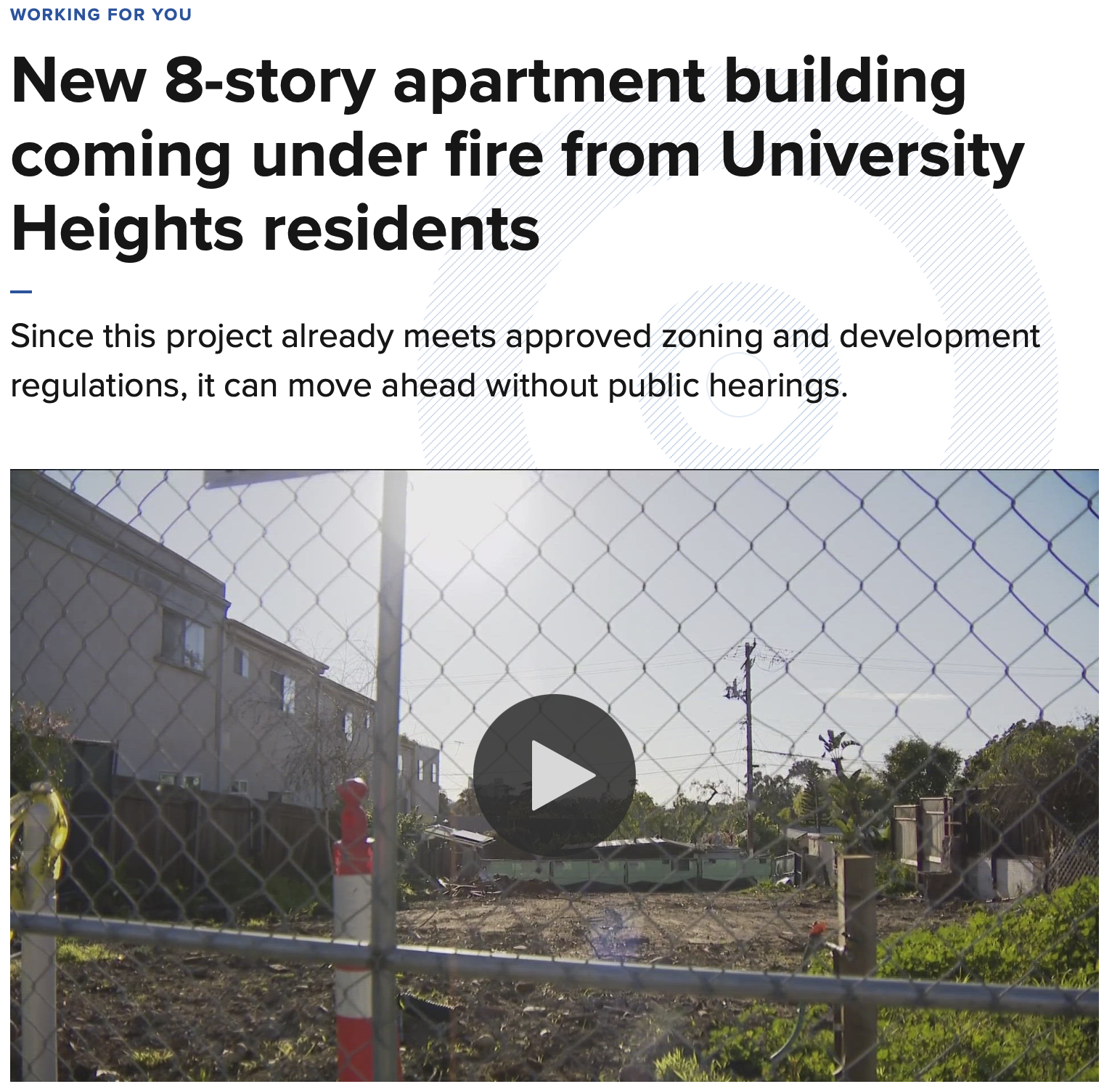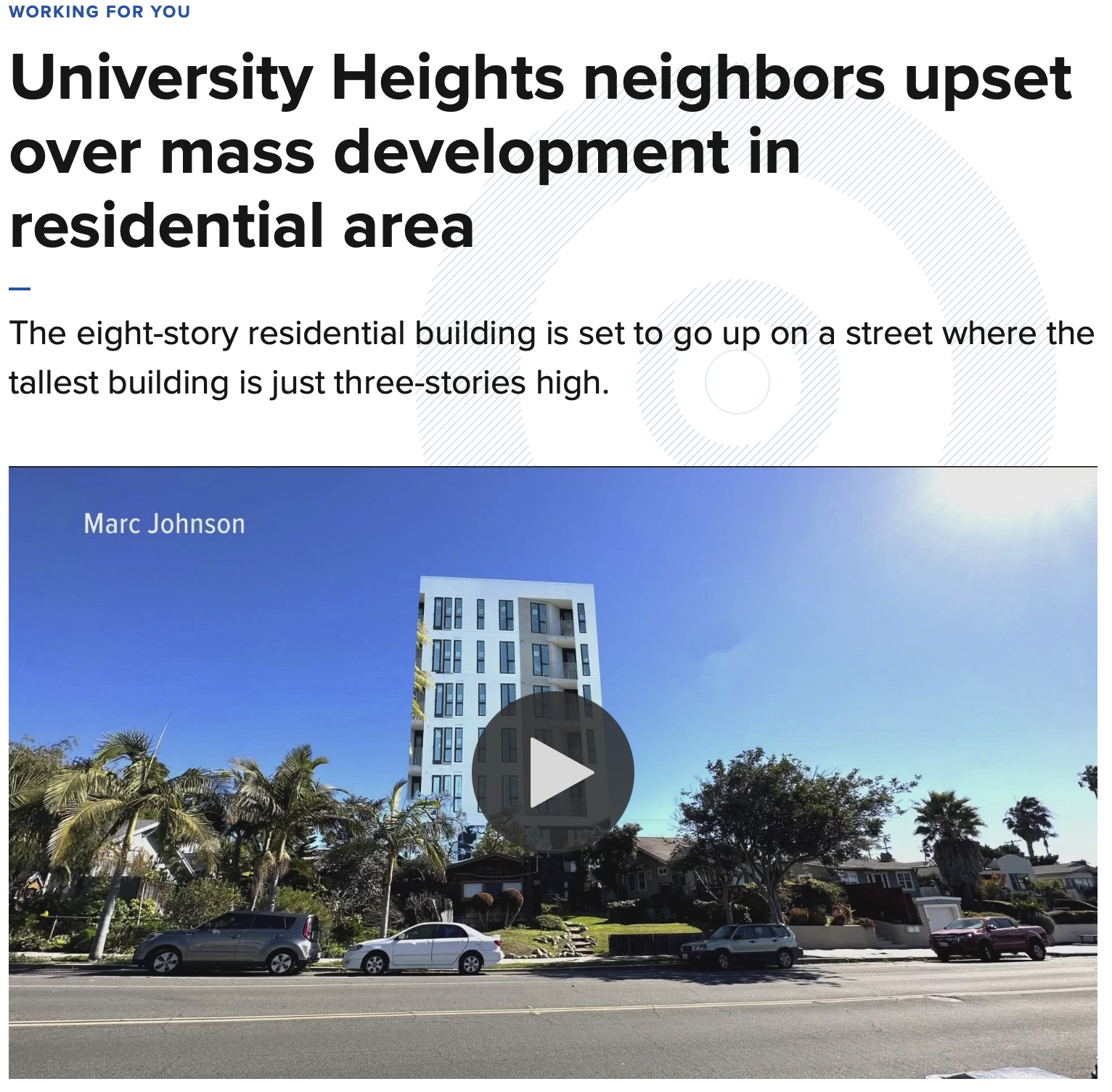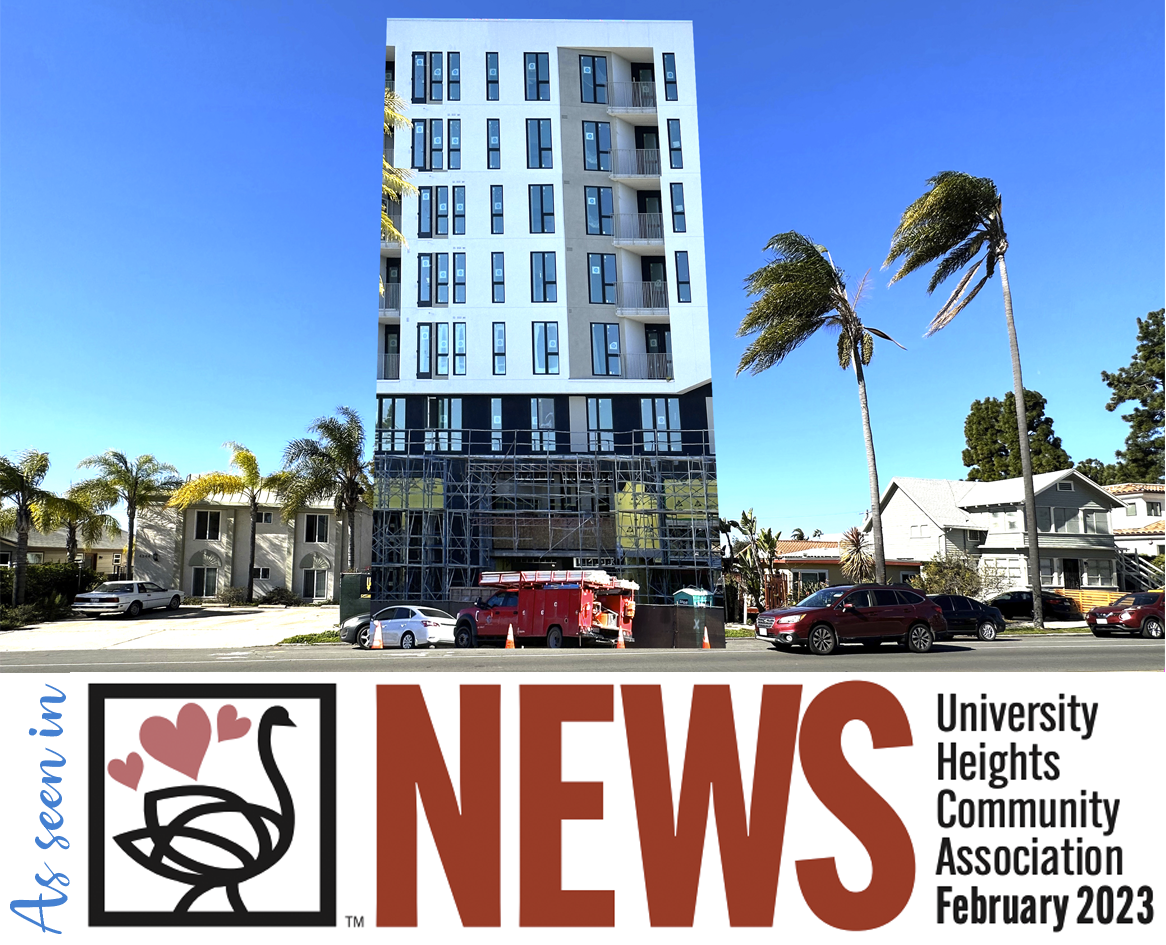What's the problem?
Like many older neighborhoods throughout San Diego, University Heights is faced with an onslaught of inappropriate infill development with little or no community knowledge or input.
This unchecked development is the result of policy changes at both the state and local level to increase the supply of affordable housing. Yet, the City's "build anything, anywhere" policy is simply not producing the number of deed-restricted, affordable housing units required by the state and is wreaking havoc on neighborhoods throughout San Diego.
Municipal code changes adopted over the last few years are allowing developers to build dense projects that conflict with approved zoning and Community Plans, and only require the approval of City staff. Developers no longer have to present building plans to local planning groups because of changes enacted by the City.
Without any requirement to present plans to the community, this is the only way we could represent what an 8-story, 49-unit building in the middle of the 4300 block of Cleveland Avenue could look like.
City Planning Department Merged with Development Services Department (Again)
The City of San Diego Planning Department is responsible for the land use planning and policy and develops and updates the City’s General Plan and the 52 Community Plans. The Development Services Department (DSD) is responsible for the review, permit, inspection, and code enforcement services for private and public development projects throughout the City of San Diego.
These departments have been separated and then merged over many years. Most recently in July 2011, Mayor Jerry Sanders merged the Planning Department with the Development Services Department. In 2013, Mayor Filner hired a new Director to rebuild the Planning Department as a standalone department but the effort floundered after Filner left office.
District 3 Councilmember Todd Gloria was quoted as saying in 2011 that he “worries that combining planning and permitting melds two incompatible functions. If he were mayor, he said, he’d restore planning’s departmental status. “Planning is about long-range vision, something hopefully we think about — what we want to aspire to as a city and put into policy as a city,” Gloria said.
Community Plans Approved to Allow Increased Height & Density in UH
In 2007, the Mid-Cities Community Planned District (MCCPD) was approved as part of the Municipal Code to further regulate land use in the Mid-City area, which included the area of University Heights east of Park Blvd. The MCCPD required residential buildings to include at least 5 architectural features from Contemporary, Spanish, or Bungalow styles.
In 2016, the North Park and Uptown Community Plans were updated after several years of community input and collaboration with City planning staff to increase density in the older neighborhoods of North Park and Uptown while maintaining historic community character. University Heights is split down Park Boulevard between the Uptown on and North Park Community Plan Areas.
The Land Use Element of the North Park Community Plan update approved by the City Council in 2016 dramatically increased the allowable height and density of buildings along El Cajon Blvd. It also allowed for density bonuses of 33% above the normal zoning limitations in the “Transit Oriented Enhancement Program Area” and density bonuses of 66% in the “Pedestrian-Oriented Development Enhancement Area”.
The 2016 Uptown Community Plan update also suffered a similar fate. In a surprising and unexpected move on November 14, 2016, after 8 hours of City Council deliberation, District 3 Councilmember Todd Gloria made a motion to approve the Planning Commission’s recommendation to maintain the densities of the current 1988 Uptown Community Plan, eliminate the Mid-City Communities Planned District (MCCPD), and replace the MCCPD with the City’s new standardized zoning.
These 2016 updates to the North Park and Uptown Community Plans essentially allowed developers to build projects with significantly increased densities and building heights in the North Park and Uptown areas with only ministerial review and “suggested” design guidelines.
Climate Action Plan Recommends Transit-Oriented Development
Starting with the City’s Climate Action Plan adopted in 2015, this plan recommended “transit-oriented development” within ½ mile of transit stops to reduce vehicle miles traveled. The 2016 updates to the North Park and Uptown Community plans codified these goals by offering density bonuses for development within Transit Priority Areas (TPA).
State Increases Enforcement of Affordable Housing Laws
Since 1969, The California Department of Housing and Community Development (HCD) has required that all local governments (cities and counties) adequately plan to meet the housing needs of everyone in the community including deed-restricted affordable housing. In 2017, several bills were signed to strengthen and clarify existing laws, and to increase accountability and enforcement to better address the housing needs of Californians.
In 2010, the HCD required that the City of San Diego build 88,102 housing units between 2010 and 2020 according to the income levels shown in the table below:
According to the City of San Diego 2021 Annual Housing Report, only 14% of the housing units (affordable to Very Low, Low and Moderate income households) required by the California Department of Housing and Community Development were built in San Diego over a 10-year period between 2010 and 2020.
Over the same 10-year period, 121% of the housing units affordable to those with Above Moderate incomes were built in San Diego, validating the public’s perception that much more unaffordable housing is being built vs. affordable housing.
Municipal Code Changes Allow for Elimination of Parking
In March 2019, the City of San Diego Municipal Code was revised to allow for the elimination of parking in multi-unit buildings within Transit Priority Areas (TPA) to reduce the cost of construction. The cost for each off-street parking spot can cost anywhere from $50,000 to $90,000, depending on if it is above or below ground. Virtually all Normal Heights, North Park, and University Heights are located within a Transit Priority Area.
Developers Given Choice for Providing Affordable Housing
In December 2019, the Inclusionary Housing Ordinance was amended to give developers the option of paying an in-lieu fee or providing at least 10% of the dwelling units in a new residential development at rates affordable to Low to Moderate income households. The Ordinance was first adopted in 2003 to help the City meet its goals of providing affordable housing in a balanced manor.
Community Planning Groups Weakened
According to the City’s website, “There has been long-standing citizen involvement in planning in the City of San Diego. The City Council adopted policies in the 1960s and 1970s that established and recognized community planning groups as formal mechanisms for community input in the land use decision-making processes. Community planning groups (CPG) provide citizens with an opportunity for involvement in advising the City Council, the Planning Commission, and other decision-makers on development projects, general or community plan amendments, rezonings and public facilities. The recommendations of the planning groups are integral components of the planning process and are highly regarded by the City Council and by staff.”
Yet in December 2019, the City Attorney issued a legal analysis on the structure of the CPGs and concluded that they did not conform with the City Charter. In November 2022 the City Council passed a resolution 6-1 legally separating the CPG’s from the City. District 3 Councilmember Stephen Whitburn voted in favor of the resolution.
The City will no longer pay for any CPG expenses such as web site hosting and promotion to encourage community participation. The CPG’s will receive minimal support from City staff. In addition, private project applicants will not be required to present their project before CPGs.
Complete Communities Program Further Incentivizes Affordable Housing
In November 2020, the Complete Communities Housing Solutions Regulations were approved 8-1 by the City Council, under the leadership of Mayor Kevin Faulconer. District 3 Councilmember Chris Ward voted in favor of the regulations.
Simply put, the Complete Communities program allows for the construction of a 6-8 story building without off-street parking within a Transit Priority Area (which includes almost all of University Heights) if the development has an underlying zoning of at least 20 dwelling units per acre and restricts 40% of the homes allowed under a project's zoning as affordable to low- and moderate-income households.
The proposed 8-story, 49-unit building in the 4500 block of Cleveland Avenue in University Heights is an unfortunate example of a project allowed ministerially by the Complete Communities Program. The underlying zoning of the project is 15 to 29 dwelling units per acre and the parcel is about .175 acres. That means that only 2 deed-restricted affordable housing units will be required.
Sustainable Development Areas Increase Area for Builder Incentives
In February 2023, the City Council voted 5-4 to approve a plan to expand the area for building incentives from within ½ mile of transit stops to 1 mile. District 3 Councilmember Stephen Whitburn voted in favor of the Sustainable Development Areas (SDA). In these new SDAs, housing density incentives like the City's ADU Bonus Program and Complete Communities Program, would be allowed in neighborhoods further away from transit stops than what's currently allowed.
Opportunities Squandered for More Affordable Housing on Transit Corridors
Despite the City’s claims about our "affordable housing crisis”, they have squandered two excellent opportunities for more deed-restricted affordable housing on Park Blvd., a major transit corridor. The new 379-unit Winslow on Park at El Cajon, billed as “Luxury San Diego Apartments”, includes only 30 deed-restricted affordable housing units that will be built elsewhere. CedarSt on Park at Polk will have 190 units of which only 11 will be deed-restricted affordable units. Contrast these projects with the proposed 500 affordable, workforce housing units to be built on Normal Street at El Cajon Blvd. by the San Diego Unified School District, which is supported by our community.
